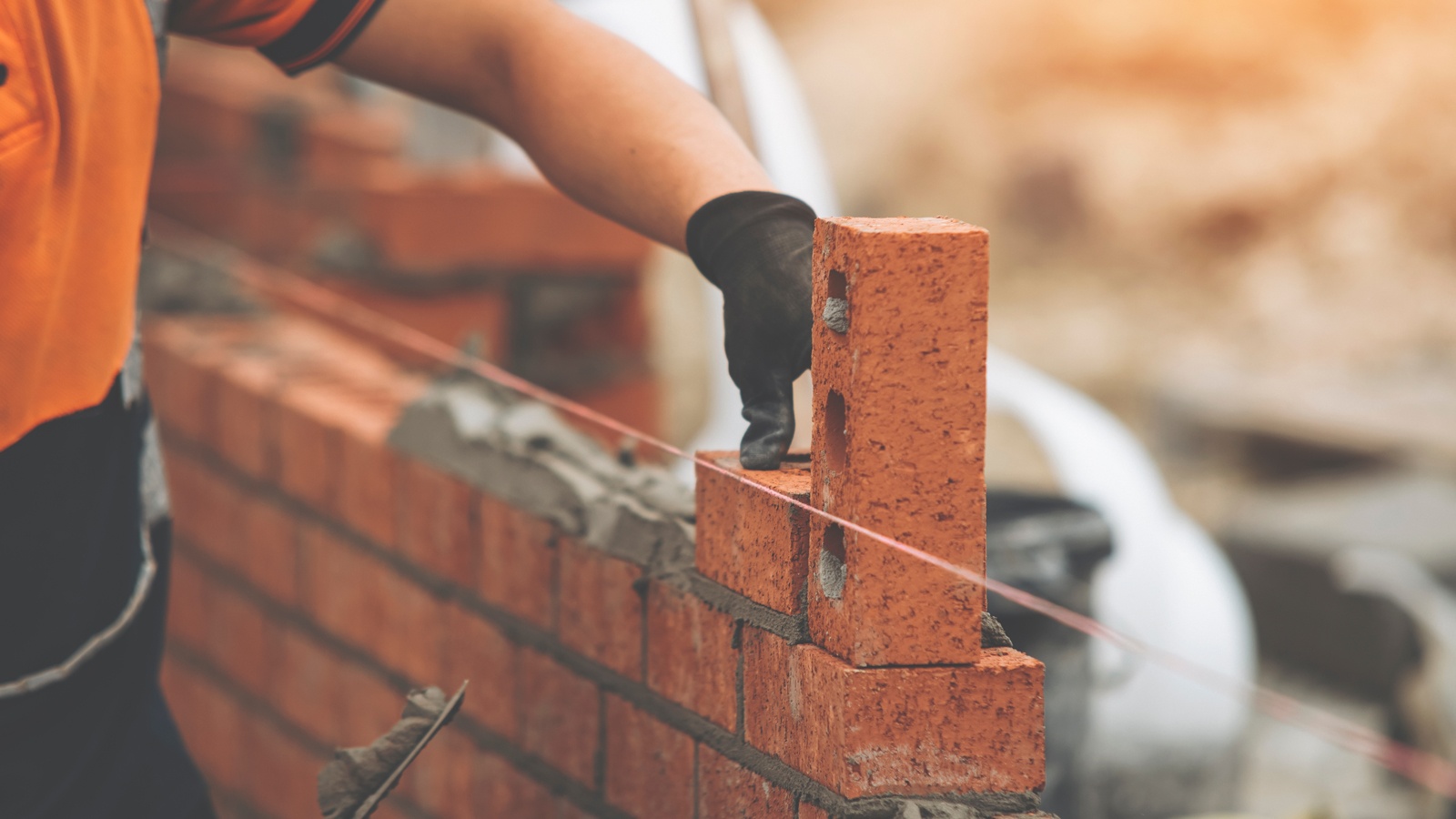
Jack Loughran Fri 9 Aug 2024
Collected at: https://eandt.theiet.org/2024/08/09/eco-friendly-building-blocks-made-recycled-concrete-and-captured-co2
Concrete from a demolished school building and carbon dioxide (CO2) from the air have been formed into new blocks strong enough to build a house.
The team of University of Tokyo researchers behind the new method believe it could help to significantly cut down the CO2 emissions associated with the construction sector. An estimated 11% of global emissions are associated with the materials and construction of new buildings.
To make the new blocks, demolished concrete from a school building was crushed into a fine powder, sieved and then carbonated over three months. Carbonation is usually a slow, natural process occuring when compounds in concrete react with CO2 in the air to form calcium carbonate. The researchers performed a sped-up version of this process to recreate the same kind of concrete you would find in older buildings.
Once the process was complete, the team pressurised the material into layers in a mould and heated it to form the new block. Instead of making buildings from new concrete only, this technique could offer a way to recycle old materials while also trapping carbon dioxide in the process.
The researchers also believe the process could be used on the same blocks repeatedly to continually make new blocks.
Researchers Takafumi Noguchi and Ippei Maruyama had previously developed a method to combine old concrete with carbon dioxide, but the resulting blocks were only a few centimetres long, which limited their utility.
The new process allows them to build the blocks big enough for “regular houses and pavements,” Maruyama said.
“These blocks can theoretically be used semi-permanently through repeated crushing and remaking – a process that requires relatively low energy consumption. Now, concrete in old buildings can be thought of as a kind of urban mine for creating new buildings.”
The team now hopes to construct a two-story house by 2030. Over the next few years they plan to build a pilot plant where they can improve the production efficiency of the method and work on creating much larger building elements.
Last year, the UN said the construction sector needed to focus more on repurposing existing buildings and away from building new ones in order to reduce its CO2 emissions.

Leave a Reply